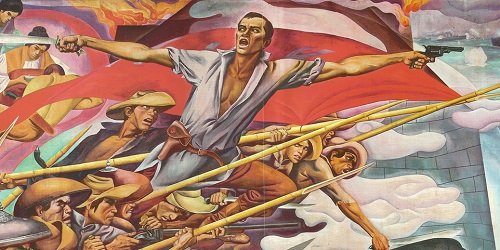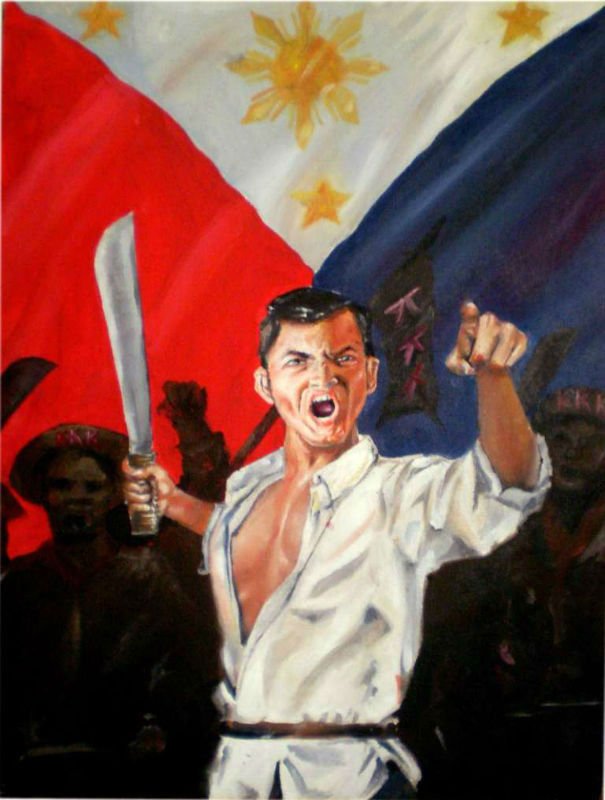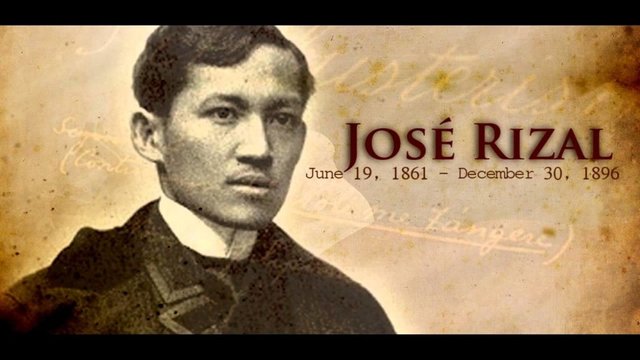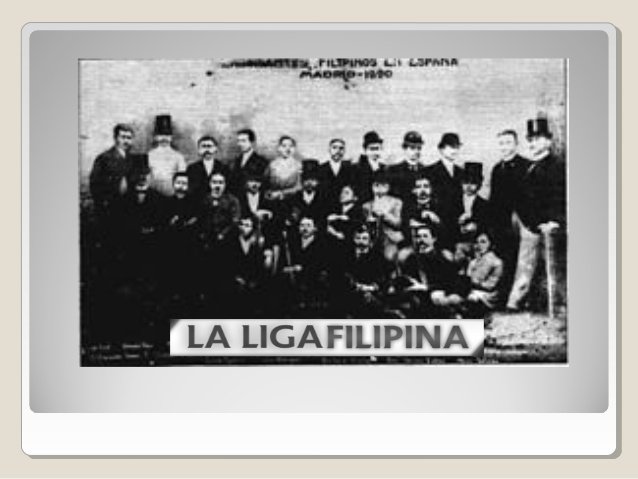Andres Bonifacio: The brooks from Archivo General Militar de Madrid (AGMM)
Andres Bonifacio
Primary Brooks from Archivo General Militar de Madrid

Image Source
We will be discussing the brooks that were use in this study to produce the deserving recognition to the resources that made this record in his hands. Likewise, to early express the credibility of the mentioned documents so that it will be open to those who wanted to question the authenticity and credibility of these brooks.
Related to this, the author invited historians, experts, and whoever is interested in Katipunan and Andres Bonifacio to once again check these brooks so that we will be one in purpose in realizing the release of the truths about this part of history.
Year 2012 the author was assigned to be a researcher and consultant of the "Pambansang Komisyong Pangkasaysayan ng Pilipinas" (National Historical Commission of the Philippines or NHCP)for the last project of modernizing the museum and altar of Pinaglaban in the town of San Juan. Here, he was able to handle the documents and writings of Katipunan which was in protection and collection of Archivo General Militar de Madrid (AGMM) in Spain.
Through the initiative of the commissioner of the agency Dr. Ma. Serena Diokno, AGMM gave the copy of the document to the NHCP. The association took place between these two agencies through an official communication with them. However, only one case were given to the Philippines, it was the Caja 5677. This case consist of more or less a thousand documents, arrange and group in file.
Caja 5677 contains files from 1.1 to 1.148 and each of them has a minimum of one document and a maximum of forty and is all written in Tagalog language. This brooks is rich with new information. This consist of rudiments of the Katipunero's and its officers in particular, list and selection of their members, plan of invasions, and many more.

Image Source
On December 2013, Jim Richardson published his book "The Light of Liberty: Documents and Studies on the Katipunan, 1892-1897. The said composition also talks the conglomeration of the documents that were inside Caja 5677. However, aside from the Caja 5677, Richardson also included his book the other caja and documents about the Katipunan that were published long time ago and were use by the historians like "Dekalogo ni Bonifacio" and "Kartilya ni Emilio Jacinto" because according to him "whatever conglomeration of documents about the KKK are still not enough without this."
The literatures that connected Bonifacio and the Katipunan, Jose Rizal and the La Liga Filipina are widespread. There is this, for instance, Gregorio Zaide, who said that "in the remains of Liga Filipina sprouted the new society set to accomplish the dream of propagandist." According to Teodoro Agoncillo, if were going to study the process and structure of Katipunan, we will find out that it had influenced the masonry and the La Liga of Rizal."
John Schumacher amended this vision and said that the Katipunan of Bonifacio is a direct continuation of La Liga Filipina of Jose Rizal. He emphasized the similarities of desires of Rizal and Bonifacio. According to him, it anticipated the imminent separation of Philippines from Spain, even in the armed struggle at the end, but this was just after four years of preparation.
Even Rizal hoped for the separation from Spain in the right time, although they are different with Bonifacio in 1896 about if it was the right time or not. It is clear that, only time knows when this desire will be implemented the only difference between Bonifacio and Rizal. And to emphasize more the similarities, it was also mentioned that was no difference in utilization of propagandist during this time to the words "liga" and "katipunan."
According to Schumacher, their is a continuation of name. Rizal called his organization as La Liga but the natural meaning of "liga" in Tagalog language is "katipunan." He added that the early members of propaganda used these words with one meaning.

Image Source
On the other side, there are critics on associating Bonifacion and Rizal even the Katipunan and La Liga Filipina. According to Milagros Guerrero, the traditional historians usually attached the compositions of Rizal to the writings of Bonifacio wherein the composition on the last part is just a copy of what was written first.
Guerrero criticized the failures of the traditional interpretations to find out the language and culture as a key to understand the nature of original literature of Katipunan and is different on the early Reform-Propaganda literature. She also emphasized the turnabouts and condemnation of Rizal to the revolution. This was also the vision of Renato Constantino whom who already proposed the anti-revolutionist of Rizal.
According to Constantino, our national hero did not led the revolution, instead he rejected it. He pointed out that Rizal rejected the revolution because as an educated, he misjudged the capability and power of the people. Related to this, Constantino also emphasized that the Katipunan of Bonifacio is the opposite scheme of the educated.
Meanwhile, Floro Quibuyen criticized this kind of vision and analyzed the connection of Rizal in the revolution and its real views of the rebellion. According to him, the argument of Constantino were base on the wrong assertion that Rizal is a reformist that strictly reject the revolution. Quibuyen asked why is it that there is a strong emotion on the side of the progressive nationalist, like Constantino, against Rizal as a reformist, when all the evidences are showing the opposite to this.
In front of these colliding views, it is right and practical to take a look on the newly surface documents about Katipunan so that we can extract the ideas and concepts that wraps Bonifacio and its comrades in establishing the said movement. The extraction of these ideas is very important and could help in providing clear knowledge and right valuation of the opposite views.

Image Source
When they establish the Katipunan, it is clear to Bonifactio to claim, recognize and pass the influence from takers towards the hands of the "anak ng bayan" (son of the nation). They showed these ideas as rational in building the Katipunan "the establishment of management to this high desire, according to the first chapter is the power of the nation.
Related to this, their is no other power to recognize but the Katipunan only, "the reason of the people, after, KKK will never acknowledge other influential laws. It is clear then that since from the start it was Bonifacio's desire to separate from the Spaniards and will build a new government that suited only to the people. This was opposite to the desire of the educated to stay under the government of Spain.
In his letter to Ferdinand Blumentritt in the year 1887, Rizal mentioned that in the current situation he don't want to separate from Spain. It could be that Spain can have Philippines in all times, if Spain will only be reasonable.
In his defense during hearing, Rizal emphasized his belief to Spain, "I am not agree with the revolution because I believe that Spain will give us liberty, because I noticed that in order to avoid the occurrence in the future, a strong association between Spaniards and Filipino is needed, lots of people had given meaning to what I said "to have liberty" as a means "to have independence," which is different thing.
Base on these, we could not deny the different views of Bonifacio and Rizal on this occurrence in the Philippines in the 19 century. The desire of Bonifacio to separate from Spain lead and shape the conrete foundation of Katipunan. This will be conducted by means of looking into their particular experience as a person who bears the power of the nation.

Image Source